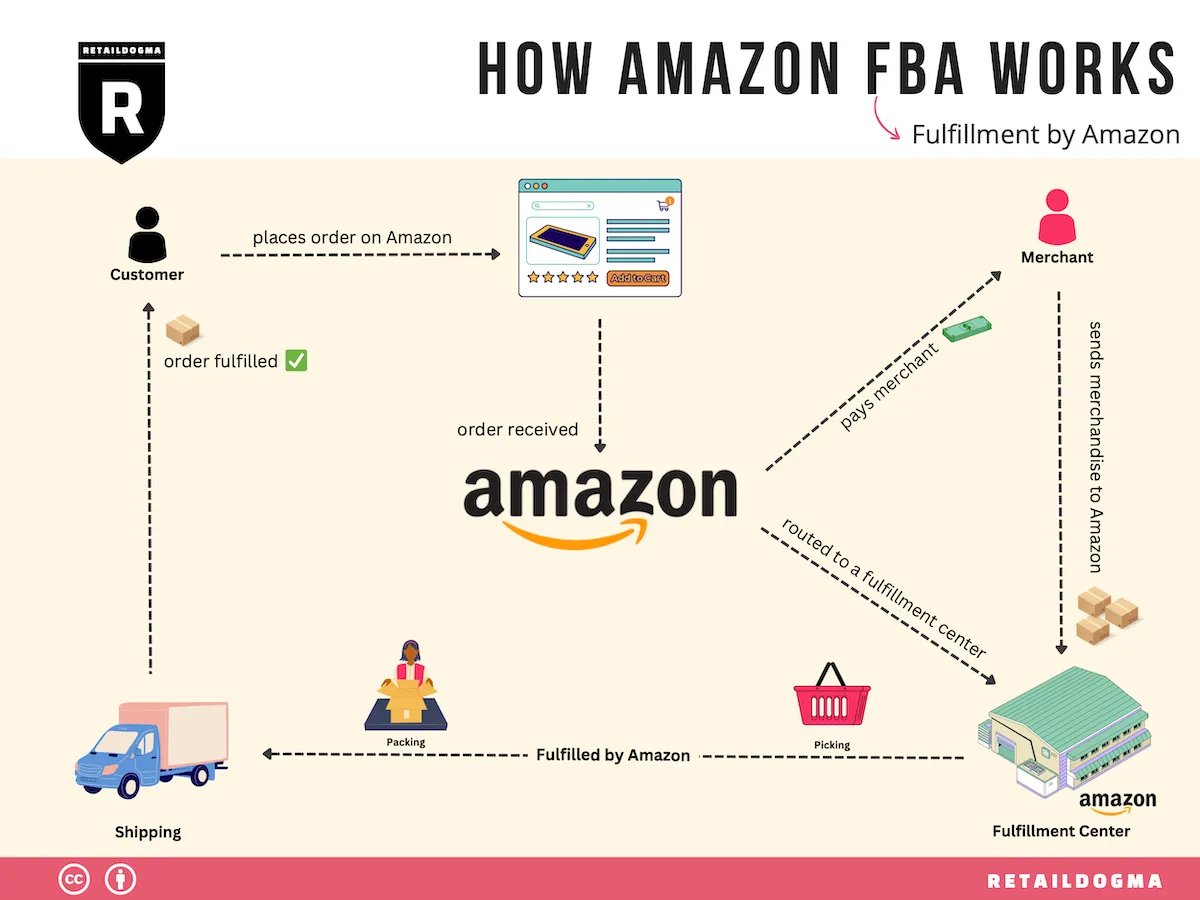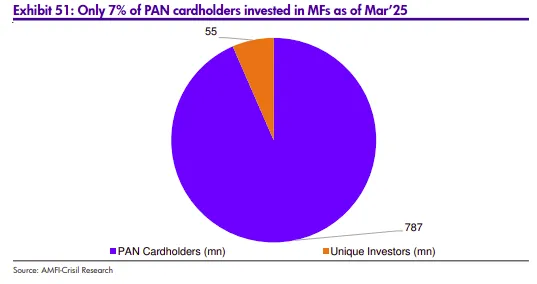Last week, SEBI passed a settlement order that might look routine on the surface. But look closely, and it reveals how shady forex platforms have been exploiting regular Indians — and how regulators are finally cracking down.🧵👇
The case involves Tauga Private Limited, better known as OctaFX India Private Limited. You've probably seen their ads — cricket players telling you how easy it is to make money trading forex, showcasing expensive cars and foreign vacations. 

These ads featured people claiming they turned a few thousand rupees into lakhs overnight, all by trading currency from their phones. Sounds tempting? That's exactly what makes this story so important.
Here's the regulatory switcheroo: OctaFX India was a SEBI-registered stock broker on paper. But it was also linked to an unauthorized forex trading platform — OctaFX— and its trading app.
Their SEBI license was essentially a cover to find clients for an entirely different business that SEBI didn't even govern. Think of a certified dentist using their license to secretly refer clients to an unlicensed neurosurgery practice.
Back in 2022, SEBI asked BSE to investigate OctaFX's online trading platform. BSE found unusual activity and flagged it to SEBI in March 2022. SEBI dug deeper and found OctaFX India was promoting illegal forex trading.
Initially, OctaFX India denied any relationship with the unauthorized platform. But eventually, they settled. They paid ₹32 lakh in charges, surrendered their broker licence, and accepted a one-year market ban.
They're also barred from applying for any SEBI registration for the next five years. In other words, SEBI basically shut them down. But that's just one part of the story.
To understand what happened, you need to know how forex trading is regulated in India. All foreign exchange trading by Indian residents is primarily regulated by RBI. SEBI looks over some forex derivative trading, but RBI sets the limits.
The RBI maintains a public list of unauthorized forex trading platforms that Indians should avoid. Indian residents trading on such platforms violate the Foreign Exchange Management Act (FEMA). OctaFX has been on that list since 2021.
That hasn't stopped such platforms from targeting Indian customers. They regularly ran prime-time ads using Bollywood celebrities and cricket stars to promote their apps, drawing many to these illegal platforms hoping to make quick money.
These platforms became even more attractive after January 2024, when RBI issued new rules: you can only trade currency derivatives if you have genuine underlying exposure. The market became only for hedging real business risks, not speculation.
The effect was immediate. Volumes on NSE and BSE's currency derivative segments dropped sharply. Retail forex trading — the legal kind — became practically non-existent overnight.
While RBI clamped down on speculation in regulated markets, offshore platforms did the opposite. They aggressively promoted wild speculation with unheard-of leverage scales, taking in any customer they could get.
This was all based on CFDs — Contracts for Difference. You're not buying any asset, just betting on price direction. These platforms look like legitimate trading interfaces, but they're structured like casinos where the house always wins.
Your trades never reach an exchange. There's no real counterparty except the platform itself. When you lose, they win. They offer 500x or even 1000x leverage — meaning a 0.1% move against you can wipe out your entire position.
They sweeten the deal with "bonus" money — often $1,000 or more to start trading. You can't withdraw it, but with that leverage, even small wins feel like making money from nothing. That's when you start investing your own money, and losses begin.
In 2020, Zerodha's Nithin Kamath wrote how many such platforms approached them to offer CFDs. He refused — when customers lose, platforms profit. Teachers, IT professionals, students invest life savings only to end up with nothing.
The Enforcement Directorate has raided offices and frozen accounts, but these platforms are often based in Cyprus or Malta. By the time action is taken, money has moved overseas, beyond Indian regulators' reach.
The OctaFX case is a rare victory for Indian law. It shows even SEBI-registered brokers aren't immune. The ₹32 lakh fine, five-year ban, and shutdown send a clear message. But these platforms are slippery — awareness is our only real protection.
Brief. Watch on YouTube, read on Substack, or listen on Spotify, Apple Podcasts, or wherever you get your podcasts.
All links here:thedailybrief.zerodha.com/p/the-off-shor…
All links here:thedailybrief.zerodha.com/p/the-off-shor…
• • •
Missing some Tweet in this thread? You can try to
force a refresh







